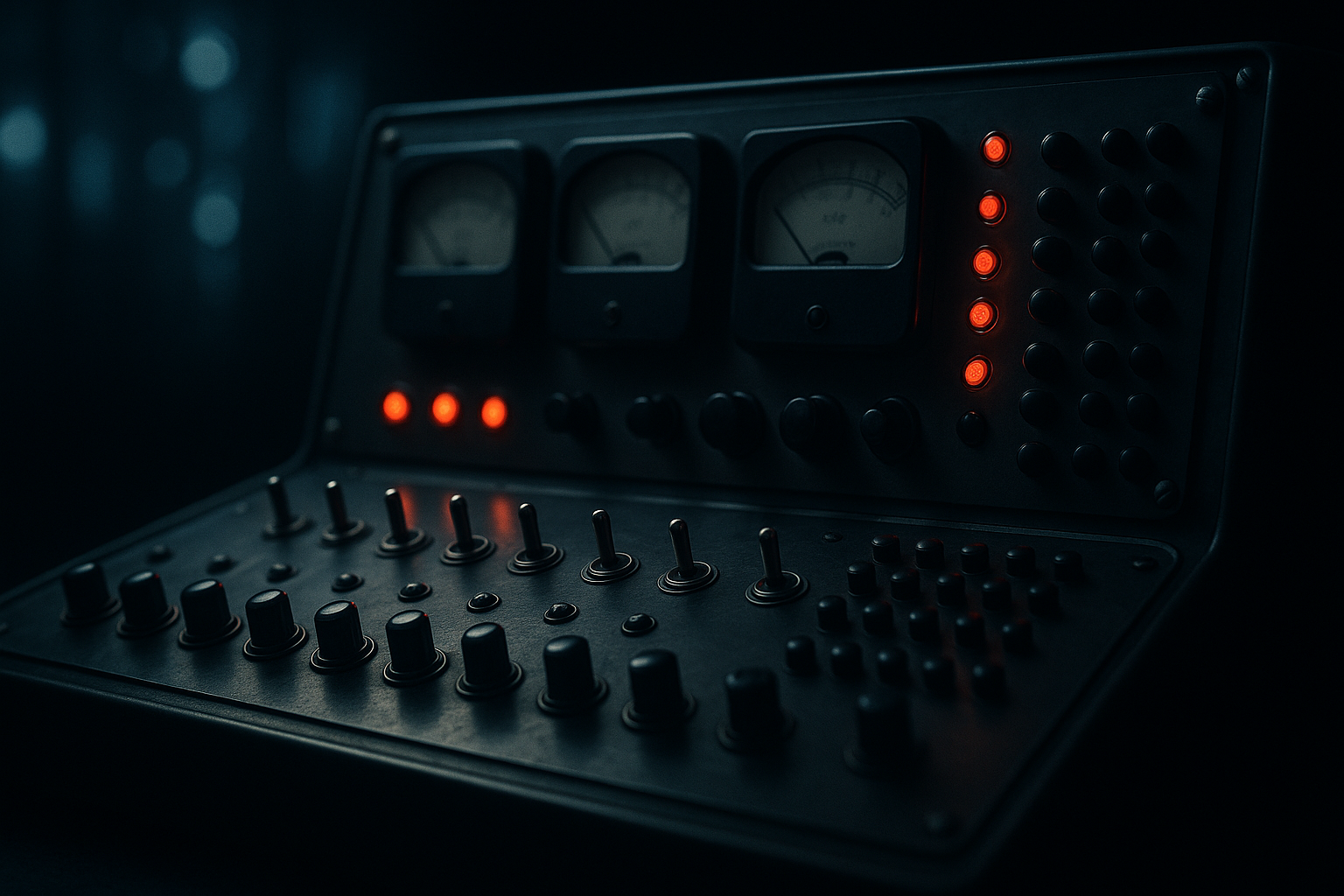Video #21 was just another weekly video in my YouTube photography channel. Within a few days I watched in disbelief as the number of impressions reached 279,339. The algorithm was pushing my videos! My disbelief quickly turned to dismay as the click-through-rate hovered around 0%. 109 views from almost 280,000 impressions! The algorithm must be broken.
The Spike That Made No Sense
It made no sense. A single video, similar in structure to the 20 preceding it, yet 279,339 impression out of 290,369 impression for the entire channel. 280,000 views that drove a little over 100 views to the channel.
I was trying to remain calm. I uploaded 20 videos, some got less than 10 views, my subscriber base hovered at 6 for months. The algorithm finally pays attention to my work and all I get is 100 views?
My anger quickly turned to curiosity. Something doesn’t add up. This has to be some kind of algorithmic misfire. Something is not aligned properly under the hood. Either my content is unbelievably bad (a possibility) or YouTube’s engine is sending my video to the wrong audience.
Time to pop the hood and take a closer look.
Under the Bonnet
Time to inspect everything carefully and meticulously. A full diagnosis. Even though the channel was small and new there should be enough data to provide some clear insights.
Here are the full stats from YouTube’s analytics; everything visible under the hood:
| Impressions | 279,339 |
| Total Views | 151 |
| Views from Impressions | 109 |
| CTR | 0.05% |
| Average View Duration | 0:42 |
| Average Percentage Viewed | 30.1% |
The numbers are quite clear: massive exposure with zero conversion. The video was heavily surfaced, the algorithm was obviously targeting the wrong audience — no clicks. Let’s check out the traffic sources.
| Suggested videos | 51% |
| YouTube Search | 29.8% |
| Channel pages | 6.0% |
| Other YouTube features | 4.6% |
| Direct or unknown | 3.3% |
| Others | 5.3% |
Over half of impressions came from suggested videos and not from the home feed. This probably means that the algorithm clustered my video with similar videos based on thumbnail, titles, or other reason and somehow got it wrong. Let’s dig deeper into other audience signals.
| Top geographies | Not enough data |
| Age Distribution | Not enough data |
| Gender Distribution | Not enough data |
| New vs Returning viewers | Not enough data |
| Subscribed vs non-subscribed viewers | 88.7% Subscribed |
No luck. This is a new channel with very little views. There is simply not enough data. The fact that 88.7% of watch time was from subscribers reinforces what we already know but adds nothing new.
| Computer | 50.9% |
| Mobile Phone | 25.2% |
| TV | 16.4% |
| Tablet | 7.5% |
No much information added from device type either. Let’s look at viewer engagement next.
| Viewer Retention (30 Seconds) | 42% |
| Viewer Retention (60 Seconds) | 25% |
| Viewer Retention (90 Seconds) | 23% |
| Viewer Retention (120 Seconds) | 17% |
| Viewer Retention (End of video) | 5% |
Viewer engagement is not stellar but it is inline with other videos. 3.5% end screen element clicks (4.4% channel average), 10 comments, 7 likes, and 0 dislikes. An underperforming video but still no explanation for the algorithmic misfire (nobody clicked).
Last check. Let’s look at the top referring videos.
The Wrong Crowd
| Impressions | CTR | Views | AVD | |
| Chill Time Jazz Haven Pt 35 | 38,037 | 0% | 12 | 0:24 |
| Jazz for Life Pt 20 | 32,064 | 0% | 1 | 0:19 |
| Funny Jazz Pt 12 | 19,029 | 0% | 1 | 0:05 |
| Chill Jazz Time Pt 23 | 4,704 | 0% | — | — |
I think we found the problem. For some reason the algorithm thinks my photography videos look identical to chill-jazz and city-ambience videos.
I looked at the videos, and to be honest, I could understand why a machine would make that mistake. The soundtracks were almost identical, the mood and ambience were similar. So were the pacing and the visuals. My choice of category: “Travel & Events” did not help things either.
Most human viewers saw the absurdity immediately; but the algorithm saw only patterns and a shared visual tone. The machine didn’t misunderstand me (or the 280,000 viewers that were recommended my video). It recognized me — just as something I wasn’t.
Mixed Signals
The easy conclusion is the algorithm failed. Which in many ways it did. But the signals I was sending the machine were unclear. It was a Signal to Noise ratio problem: there was not enough clear signaling on my end and the machine simply mirrored the noise.
The algorithm was hitting the target I painted but not the target I wanted.
I needed to improve my thumbnails, fine tune my titles, I need to communicate better with my viewers. The algorithm is not broken — I need to do better.
Signal Over Noise
What I did right (Signal)
- Title: Direct, keyword-rich, and accurately describes subject, activity, and gear.
- Tags were all relevant and accurate. I avoided spam tags or irrelevant terms, which kept metadata clean and credible.
- Accurate geographic tagging. Mentioned specific district and city.
- Thumbnail Likely clean, photographic, not clickbait. Aligns with brand tone and audience expectation.
- Early data suggests honest audience behavior
- 88.7% of watch time from subscribers → engagement remains loyal. Retention (42% after 30s, 17% at 2m) within normal limits for short, quiet videos.
What I did Wrong (Noise)
- Chose the Wrong Category Set to Travel & Events. This category associates with city walks, ambience, and travel vlogs — not documentary street photography. Result: the algorithm pushed it to passive “background viewing” audiences instead of creator-interest clusters.
- Over-repetitive Title Format. A repeated title structure made different videos appear algorithmically identical. Machine-learning models read this as a series clone, reducing semantic distinction and triggering similarity-based recommendations. Category and Title Reinforced Each Other
- Thumbnail Too Neutral. Likely mirrored prior uploads — muted color, calm street composition. Visual similarity can further confirm “duplicate content” signals across uploads.
- No Early Disambiguation in Description The copy doesn’t tell the viewer what type of video it is until the third line. Without a strong first-sentence keyword the algorithm groups it generically.
- Tags Under-specified for Creative Intent. Location tags reinforce the travel angle. Mix in intent-level tags.

